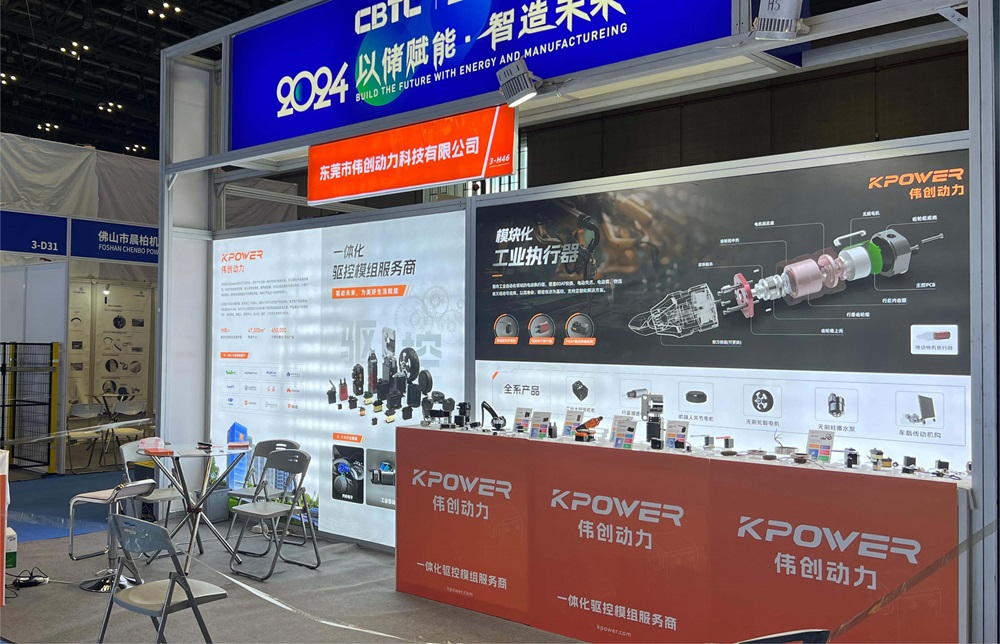Looking to power up your small robot projects or DIY automation without cracking your head over complex wiring? Meet the SG90 micro servo, a tiny marvel that’s taking the hobby world by storm. This little guy packs a punch in a compact package—so small, yet so capable. But here’s the kicker: the voltage it needs to run smoothly really matters.

So, what’s the story with “SG90 micro servo voltage”? It’s a question that pops up a lot. The common voltage range for this servo is typically 4.8V to 6V. That means if you’re thinking about powering it with a 3V coin cell or a 12V off-the-shelf power adaptor, you’re in the wrong zone. Using the right voltage is essential. Too low, and the servo will stutter or not move at all. Too high, and you risk burning out the internal motor or damaging the gear train.
For hobbyists, the sweet spot is hovering around 4.8V. Most folks use a 5V power supply—say, a USB power bank or a regulated battery pack—to keep things running smoothly. It’s interesting how just a volt or two difference can turn a servo from reliable to finicky, right? That’s why voltage regulators or dedicated power modules are often recommended, especially if you’re integrating multiple servos into a project.
Picture this: you’re designing a tiny robotic arm, and one servo needs to hold a load steadily. If it’s not powered correctly, the arm jitters or drops whatever it’s holding. Power consistency isn’t just a technical detail; it’s the core of performance. When you’re testing, a multimeter helps confirm that you’re supplying the right voltage—nothing beats that peace of mind.
And if you ever wonder, “Can I just connect it directly to my Arduino?” Well, yes, but with a caveat. Always make sure your power source meets that 4.8V to 6V range. When in doubt, use a separate power line and relay the signals through the Arduino’s control pins. It keeps everything neat and prevents your microcontroller from swallowing the voltage spikes.
Some folks love the simplicity of direct 5V power, especially if they’re just experimenting. Others like to add a small voltage regulator or a power switch for more control. The key takeaway is: understanding the voltage needs amps up the reliability of your project. Nobody likes a servo that stops in its tracks mid-operation.
All in all, the SG90 micro servo isn’t just about size; it’s about knowing how to treat it right. Matching it with the proper voltage ensures longevity and smooth operation. Whether you’re making a tiny drone or a delicate robot hand, knowing the voltage requirements makes all the difference. Not too high, not too low—just enough to keep everything running perfectly at the flick of a switch.
Established in 2005, Kpower has been dedicated to a professional compact motion unit manufacturer, headquartered in Dongguan, Guangdong Province, China.




































